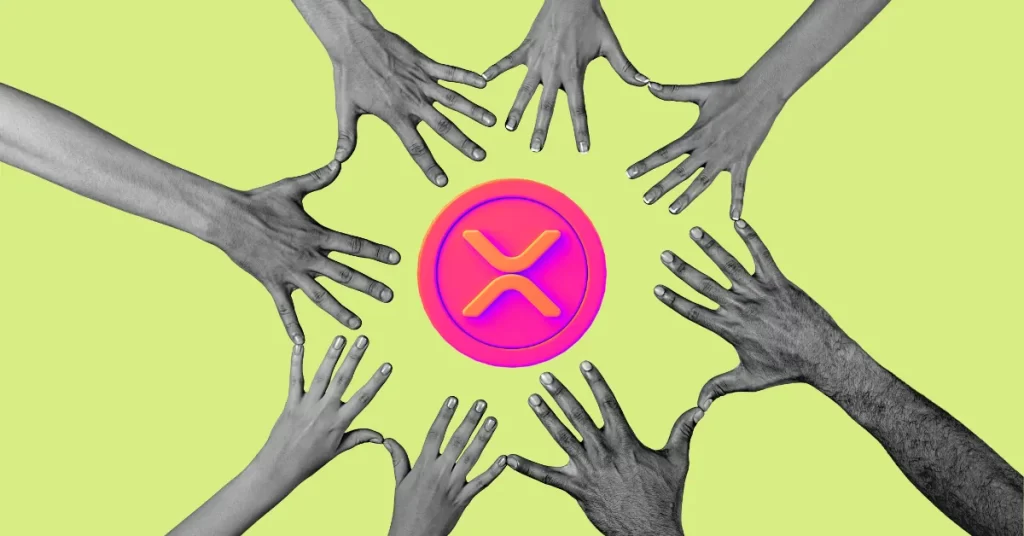
The post XRP Again Faces Centralised Issue as Ripple Regulatory Threat Declines appeared first on Coinpedia Fintech News
The XRP Ledger, a decentralized currency descendant of Bitcoin, has recently surpassed a market capitalization milestone of $42 billion. As an early mover in the blockchain industry, the project has garnered significant attention, attracting partnerships with major financial institutions like Bank of America. However, this success has also led to criticism regarding the platform’s centralized nature.
XRP Ledger Attracts Big Banks
Notably, XRP Ledger relies on a key tradeoff, with a significantly smaller number of “validators” or key operators compared to many rival blockchains. This centralized transaction-processing mechanism provides benefits in terms of security, speed, and throughput. Nevertheless, it also exposes the network to potential influence from major players and increases the risk of single points of failure.
On the other hand, Ripple Labs, the company behind XRP Ledger, originally aimed to revolutionize cross-border payments with its native token XRP, using a feature called “On Demand Liquidity” (ODL) as a bridge asset for banks and financial institutions. Over time, Ripple Labs expanded its focus to include additional use cases, such as central bank digital currencies (CBDCs), leading to a market capitalization of $42 billion.
Criticism from crypto experts and investors stems from Ripple’s numerous financial and central bank partnerships, which they argue contradict the principles of decentralized payment networks. In contrast, the XRP Army, a fanbase of XRP, defends the platform, emphasizing its energy efficiency and security through the use of a more centralized “Proof of Authority” (PoA) system with fewer validators.
XRP Army’s Defense: PoA Benefits
However, the PoA system has also sparked debate, with critics claiming it undermines the core principle of distributed ledgers, which rely on removing trust from centralized entities. The tension between a centralized approach for partner institution security and the ethos of decentralization poses a challenge for Ripple Labs.
Furthermore, Ripple Labs has faced criticism over the initial distribution of XRP tokens, with the company asserting that it received a “gift” from XRPL’s open-source developers. As a response, Ripple Labs has divested a substantial portion of its XRP holdings, ensuring most remaining tokens are held in escrow accounts. This measure limits the amount of XRP the company can sell in any given month.
Despite XRP Ledger’s impressive market capitalization, the platform has encountered challenges in expanding its ecosystem beyond its primary use cases. While Ripple’s proprietary “RippleNet” product suite has seen increased adoption from banks, other XRPL applications, such as NFTs, have struggled to gain similar traction. The absence of programmable smart contracts may be contributing to this limitation, hindering the growth of community-run NFT and decentralized finance ecosystems.
Ripple Labs’ ongoing SEC lawsuit has surprisingly garnered some support for the project. Certain industry players are signaling a willingness to re-evaluate Ripple as a whole, with some even calling for collective support for the platform amid the legal proceedings. Only time will tell which theory gains momentum.

 2 years ago
107
2 years ago
107














 English (US) ·
English (US) ·